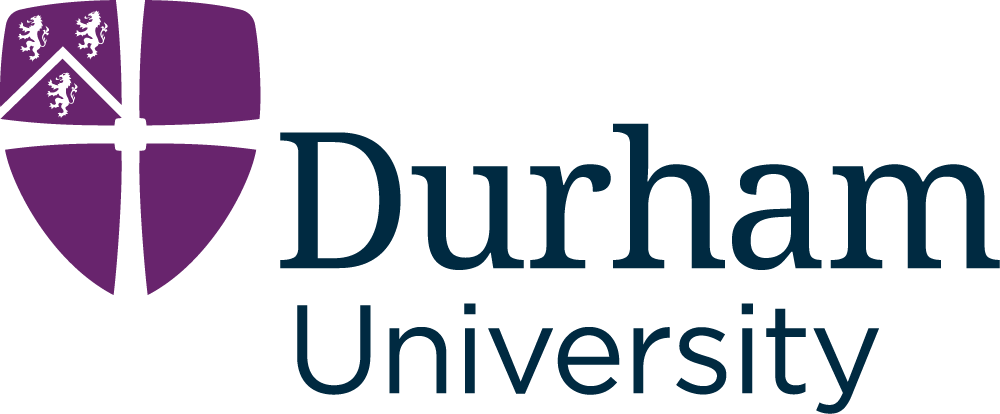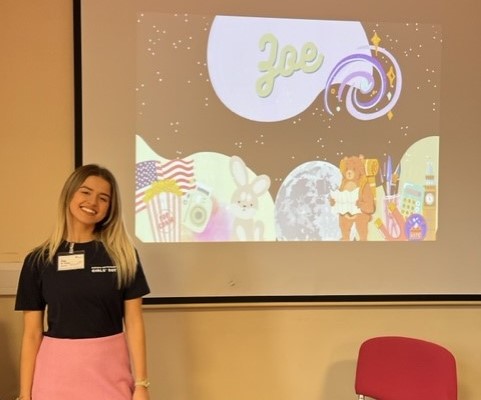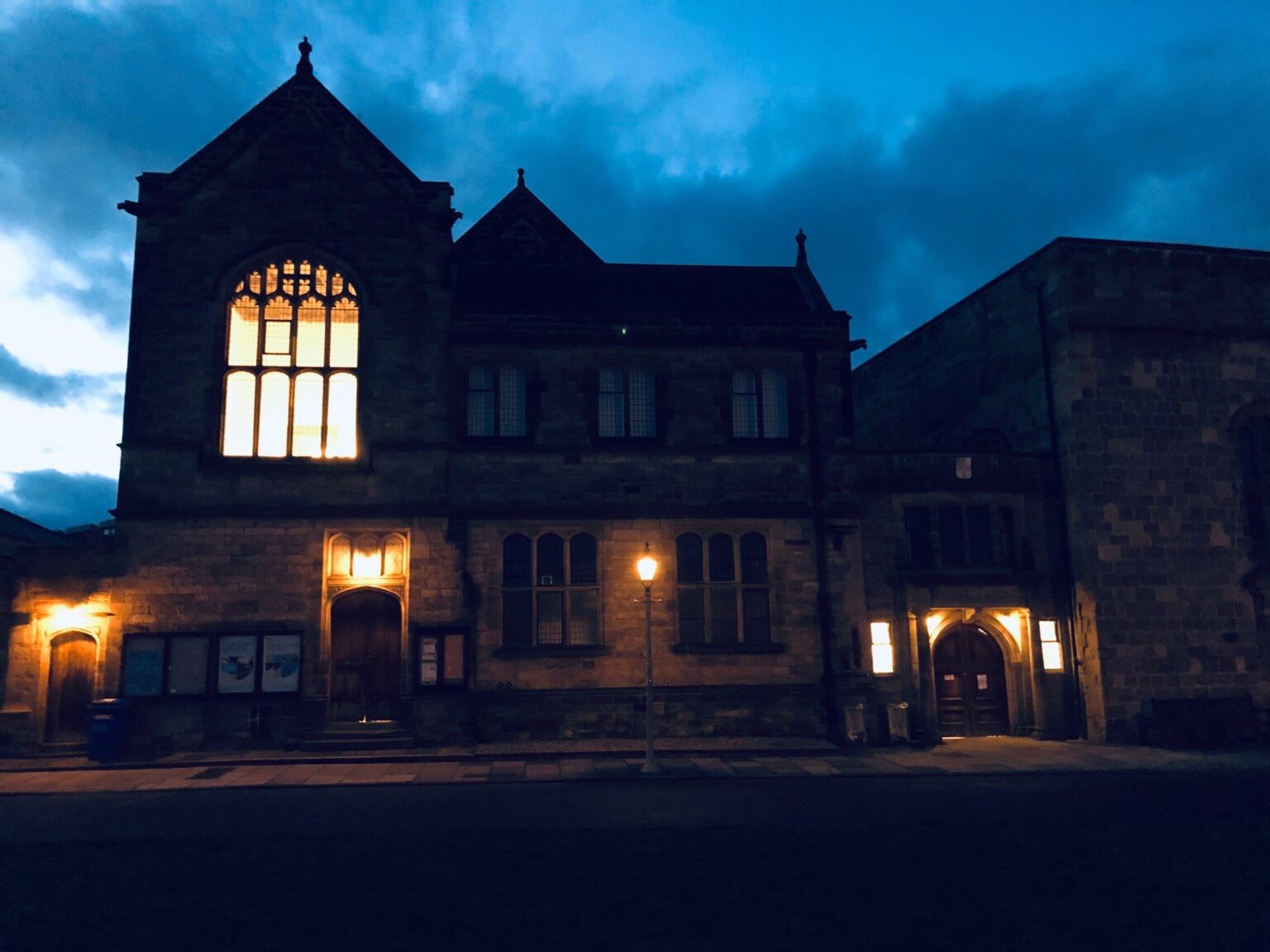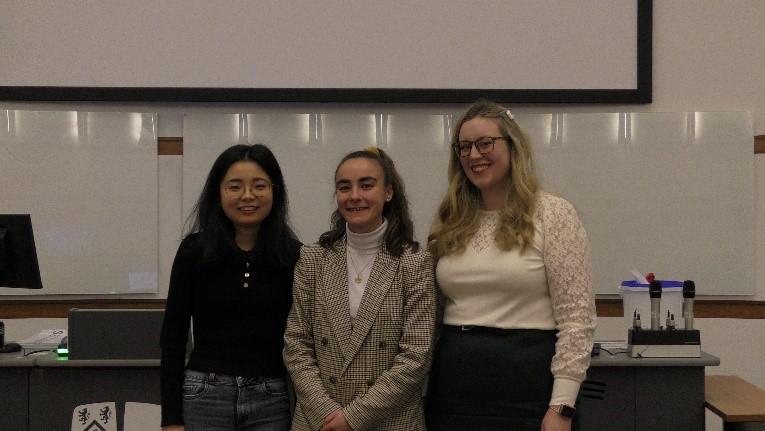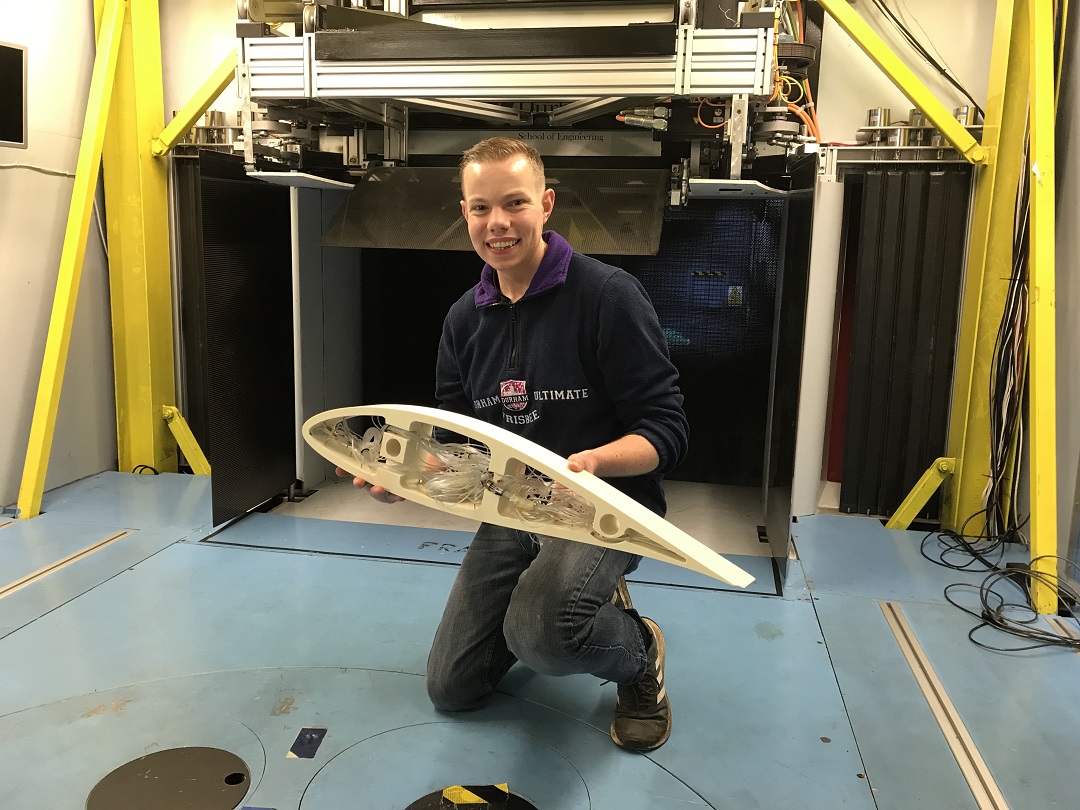Hi There! I am Giorgio and I am an astrophysicist, and guess what? Today I’m here to speak about… babies. Yes, you heard it right, and it’s not a cool way to name galaxies or stars but I am referring to actual babies! More precisely a few hours old babies. Curious, about why? Well, I am here to explain. Trying to understand how the Universe works, is not that different from trying to understand how the tiny body of a little newborn baby works.
Astronomers build bigger and bigger telescopes and as a consequence, we get larger and larger datasets that need to be analysed. My area of expertise is in large cosmological galaxy redshift surveys. For your curious mind:
- LARGE means wide and deep in the sky (which imply a lot of galaxies in there, modern surveys go over the billion of galaxies easily);
- COSMOLOGICAL means very far (and very back in time as any galaxy image we see today, started travelling, at the speed of light, a while ago, especially if it is very far from us);
- GALAXY… well you live inside one (the Milky Way) so you probably know that the Sun is just one of the 100 billion stars that belong to our galaxy and, outside ours, there are many more galaxies to explore;
- REDSHIFT is a quantity that we can measure from the spectrum of a galaxy and it is a proxy of how far (and back in time!) the galaxy is.
Ok, wait a minute… How is that related to babies? Well, you might have probably guessed that astronomers need to deal with huge amounts of data. And we get trained for that. In my case, I am part of the Centre for Doctoral Training (CDT) which funds my PhD to expand my area of expertise into the world of industry. In the early stages of my PhD, I took part in a project at Procter & Gamble (P&G) to optimize the density of the laundry powder using innovative statistical techniques. More recently I have collaborated with the NHS on this project related to babies.
The big aim of this project is to help to save pre-term babies’ lives (those babies being born sometimes even after only a couple of months), helping the doctors to make the decision about whether they need special treatment or not. This is an important decision as this treatment can either save the baby or affect the baby with permanent disabilities, and in some cases even kill the baby. To better understand sick babies, we first need to have a very clear idea of what the normative vital signs for healthy babies are. This is where my work fits.
I have analysed a sample of 268 healthy babies consisting of 1,016,801 2-seconds-spaced data-points of vital signs (which consists of 565 hours of continuous recording). The vital signs I have available are Pulse rates (PR), Oxygen Saturation (SpO2) and Perfusion Index (PI). A consistent part of my work was to clean the data building a piece of software that can interpret and correct for human mistakes. For example, different doctors use different formats for the date and, since it is recorded manually, sometimes they just forget that midnight has already passed, and they just insert the wrong date. Also, different machines in different hospitals work differently so the challenge was to create a data-set clean from human mistakes and with a consistent format. After the cleaning, I studied events of bradycardia (when the pulse rate goes under a certain threshold) and hypoxia (when the oxygen saturation goes under a certain threshold) in order to estimate the average duration of these events and classify those considered dangerous and those that are completely normal for infants. One of the main results, that will be included in a publication, is that we found about 8% of the pulse rate data points to fall outside the previously adopted range of 100-160 pulse per minutes. This will probably help to redefine the current standard charts used in the UK.
The database created, together with the new feature that I have added, like the bradycardia and hypoxia events, can now be used for machine learning and artificial intelligence algorithms. I have already created a simple neural network that is trying to reconstruct possible correlations between vital signs (for example trying to predict how many events of bradycardia are expected given another vital sign like the oxygen saturation).
But it is now time for me to go back to astronomy (and since it is my last year of PhD, also trying to find a job). Now an expert in machine learning will continue on this project, and in order to develop further my algorithm, I am now in the process of training him to use my code. The plan is to develop some machine learning algorithms, which to some extent will be similar to what Facebook or YouTube use to understand what you like. This time, though, the prediction we are aiming for is whether the treatment to a pre-term baby can save their life or not. Of course, with a machine, we can just provide a probability, but this will help the doctor to take the decision in very uncertain cases.
I hope my contribution to the NHS is the first step towards actually saving the life of a baby.
Discover more
Our Department of Physics is a thriving centre for research and education. Ranked 4th in the UK by The Guardian University Guide 2022, we are proud to deliver a teaching and learning experience for students which closely aligns with the research-intensive values and practices of the University.
Feeling inspired? Visit our Physics webpages to learn more about our postgraduate and undergraduate programmes.
Find out more about Astronomy and Cosmology at Durham here.
